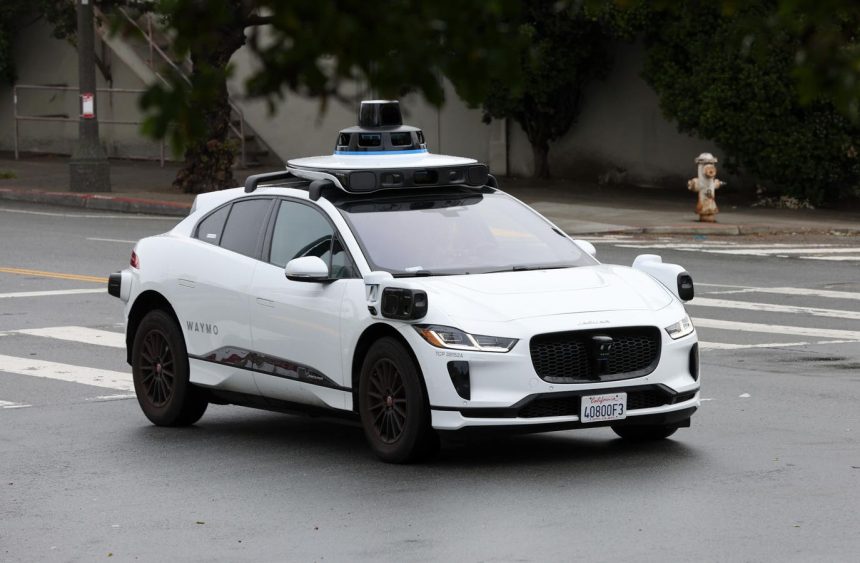Waymo, the autonomous driving technology company born from Google’s self-driving car project, is significantly expanding its testing footprint, adding ten new cities to its roster. While this expansion doesn’t immediately translate to the availability of robotaxi services for the public in these new locations, it represents a crucial step in Waymo’s journey towards achieving widespread deployment of its driverless technology. The initial two cities announced are San Diego and Las Vegas, with Washington D.C. later added to the list, highlighting Waymo’s strategic focus on diverse and challenging environments. These new testing grounds will provide valuable data and insights, allowing Waymo to refine its autonomous driving system and move closer to its goal of offering safe and reliable driverless transportation across a broader range of locations.
The primary objective of these expanded tests is to assess the “generalizability” of Waymo’s autonomous driving system. This means evaluating the system’s ability to adapt to new environments without requiring extensive retraining. Each city presents unique challenges, from the unpredictable traffic patterns of Las Vegas to the diverse road designs of San Diego. By exposing its system to these variations, Waymo aims to create a more robust and adaptable technology capable of navigating a wide range of real-world driving scenarios. This approach contrasts with training a system specifically for each city, a process that would be significantly more time-consuming and resource-intensive, thereby hindering the scalability of the technology. The success of these tests will be a key indicator of Waymo’s ability to deploy its driverless vehicles efficiently and effectively across diverse geographies.
While Waymo already offers fully driverless robotaxi services to the public in cities like San Francisco, Phoenix, Los Angeles, and Austin, as well as to employees in Atlanta, the new testing locations will initially involve supervised testing with human drivers. The focus will be on gathering data and assessing the system’s performance in unfamiliar environments. For example, even within the same state, California, Waymo encountered unique challenges when expanding its service to Los Angeles freeways. This demonstrates the complexities of adapting autonomous driving systems to different road networks and traffic conditions, even within relatively close geographic proximity. The lessons learned from navigating the freeways in Los Angeles are being applied to improve the system’s overall performance and pave the way for expanding fully autonomous rides to the public in this area.
The testing process in the new cities will begin with manual driving through densely populated and complex areas, including city centers and freeways. This initial phase allows Waymo to expose its autonomous driving system, known as the Waymo Driver, to a variety of driving styles, road features, and traffic conditions. The data collected during this phase will be instrumental in identifying any necessary adjustments or fine-tuning required for the system to operate effectively in these new environments. Waymo emphasizes that its Driver is showing promising adaptability to new environments, indicating a robust and potentially scalable technology. This adaptability is crucial for achieving the company’s vision of a future where driverless transportation is readily available across a wider range of locations.
Once the system has gained a sufficient understanding of the “lay of the land” in each new city, the testing will progress to autonomous driving, still with human safety drivers present. These drivers will monitor the system’s performance, intervene if necessary, and provide valuable feedback to further refine the technology. The insights gathered from these real-world tests will be integrated back into the system, ultimately improving the performance of Waymo’s vehicles in all operational areas. This iterative approach to development and testing is essential for continuously improving the safety and reliability of autonomous driving technology. Waymo’s commitment to rigorous testing and data-driven development underscores its focus on building a robust and trustworthy driverless transportation system.
It’s important to note that while these expanded tests represent a significant step forward for Waymo, they don’t necessarily guarantee the immediate launch of commercial robotaxi services in these new cities. The primary purpose is to gather data, validate the system’s adaptability, and identify any necessary adjustments. While residents of these cities may spot Waymo vehicles navigating their streets, the opportunity to hail a driverless ride won’t be available in the near future. The timeline for launching commercial services in these locations will depend on the outcomes of the testing phase and the subsequent development efforts required to ensure the safe and reliable operation of Waymo’s autonomous driving system within these new and diverse environments.



